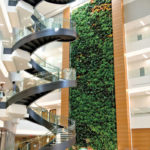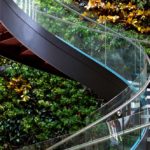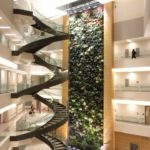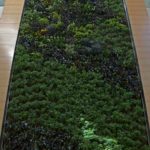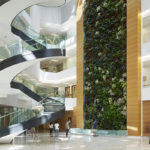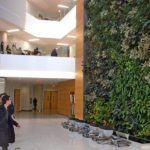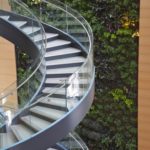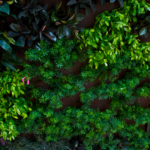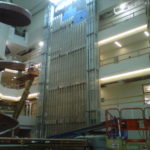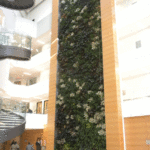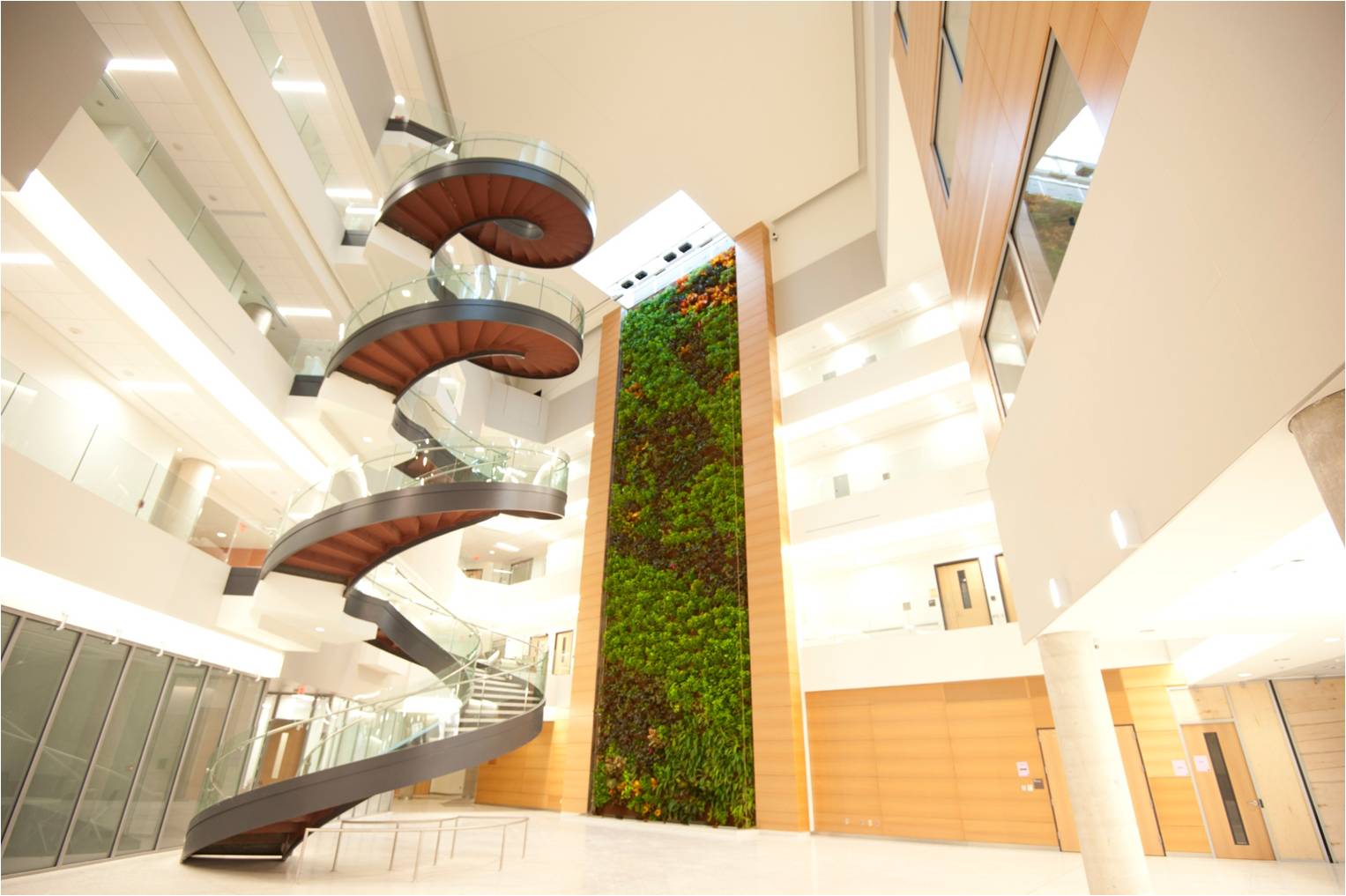
Additional Resources
Visit the Drexel University Papadakis Integrated Sciences website. See Drexel University’s research on the Living Wall Biofilter.
For more information about the Drexel University – Papadakis Integrated Sciences Building (PISB), visit http://www.Nedlaw.ca.
Case Studies
Nedlaw Living Walls; Diamond Schmitt; Crossey Engineering; Architect Magazine; Turner.
Video
July 23, 2013 2:39 Nedlaw Living Wall Biofilter at Drexel University, time lapse video of Drexel’s Living Wall construction, by Nedlaw on YouTube.
News
Greenwall Project of the Week for October 7, 2013: Drexel University, Papadakis Integrated Sciences Building (PISB) by Linda Velazquez on Greenroofs.com; Fall/Winter 2011/2012 A Great Leap Forward in Drexel Magazine; September 20, 2011 Installation of Largest Active Living Wall in U.S. Complete in the Daily Journal.
Located at the corner of Chestnut and 33rd in Philadelphia, the Papadakis Integrated Sciences Building provides a gateway landmark building for Drexel University. Designed by Toronto’s Diamond and Schmitt Architects, the building is home to the Biosciences Department and has achieved LEED Gold Certification from the U.S. Green Building Council, the first building on Drexel’s campus to achieve LEED certification.
Organized around a five storey atrium the building contains 32 state-of-the-art research labs, 8 teaching labs as well as specialized computer and paleontology laboratories. In addition to the laboratory wings, there are 40 faculty offices looking southwest on Woodlawn Walk. At the ground floor, 7 classrooms and a 200 seat auditorium provide for teaching spaces for the Biology Department and the wider University community.
The atrium is activated by a four-story spiral staircase that provides open, transparent and convenient connection between disciplines, faculty and students. Balconies and lounges at each level provide opportunities for collegial collaboration and social interaction. A 22 foot wide, 80 foot high biofilter living wall with 1500 plants is integrated into the building’s air handling system achieving an 80% air quality improvement and 30% reduction in energy consumption. It is also designed as an integrated component of the teaching program, with Faculty and staff using air ports inserted in the wall to sample and analyze the air quality. It is currently North America’s largest living biofilter and demonstrates Drexel’s longstanding commitment to sustainability and progressive research.
Student and faculty lounges on every floor, dubbed “collaboratories” by faculty, provide opportunities for meetings and small gatherings and are contained in a projecting glass volume on Chestnut Avenue. The Integrated Sciences Building possesses a high degree of internal transparency and harvests natural light to the labs with expansive windows and the skylit atrium.
Diamond & Schmitt Architects won the Green Roofs for Healthy Cities’ 2013 Interior Green Wall Award for the Drexel University, Papadakis Integrated Sciences Building at their 11th Awards of Excellence program.
The Indoor Air Biofilter or “living wall” from Nedlaw Living Walls Inc. is an interior plantscape that can effectively remove common indoor contaminants and improve the living environment. It represents the hybridization of science and art to deal with real problems of indoor air quality in an aesthetic and sustainable manner. The wall biologically removes contaminants from the air through the combination of biofiltration and phytoremediation technologies.
The Nedlaw Biofilter is the result of close to 20 years of research at the University of Guelph. Despite being an integral part of the building’s air handling system, the living wall appears as a vertical hydroponic green wall. It contains over thirty different varieties of tropical plants specifically selected for the site that grow in the absence of soil. The plant roots are embedded between two layers of woven substrate. Water is recirculated down the wall between these layers, providing plant roots with nutrients and hydration.
As mentioned above, the biofilter is actually an integrated part of the handling system for the building. Air is actively forced through the wall of plants and highly specialized biological components actively degrade pollutants such formaldehyde and benzene in the air into their benign constituents of water and carbon dioxide. The clean air is then distributed throughout the space by the building’s mechanical system.
The technology developed by Nedlaw Living Walls is the only indoor use of green plants to receive recognition from the LEED program as an innovative means of improving the indoor environment. These active Living Walls are an opportunity to improve the entire indoor environment, not just air quality; they potentially reduce the energy consumption of the building and improve the well-being of the occupants through both physical and psychological means.
The Drexel University, Papadakis Integrated Sciences Building is also certified Green Globes.
 Greenroofs.comConnecting the Planet + Living Architecture
Greenroofs.comConnecting the Planet + Living Architecture
